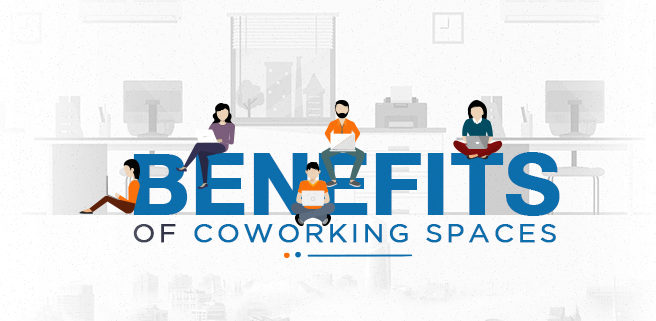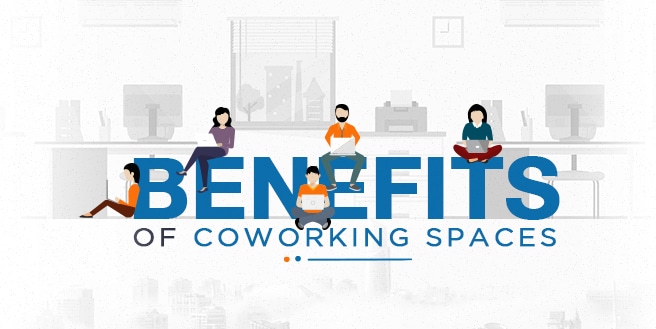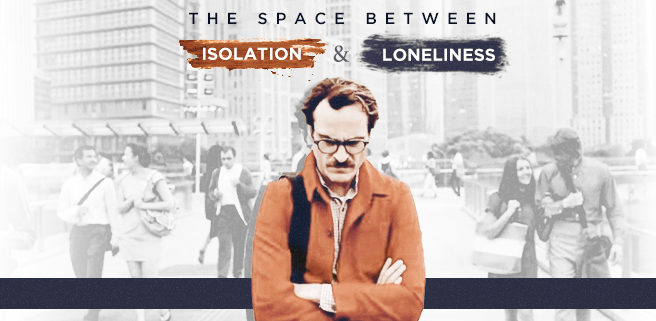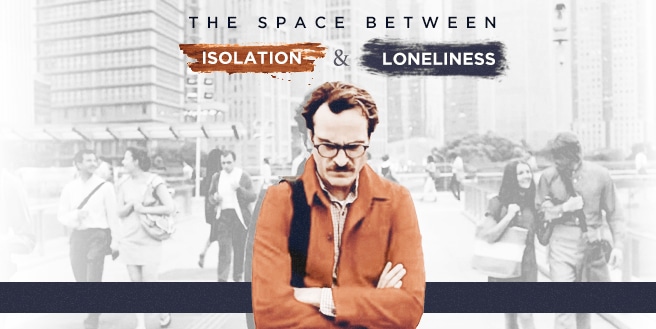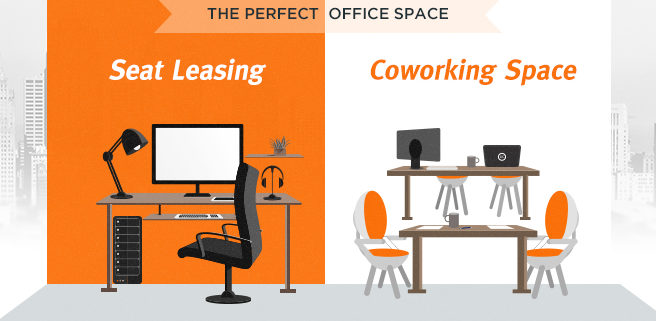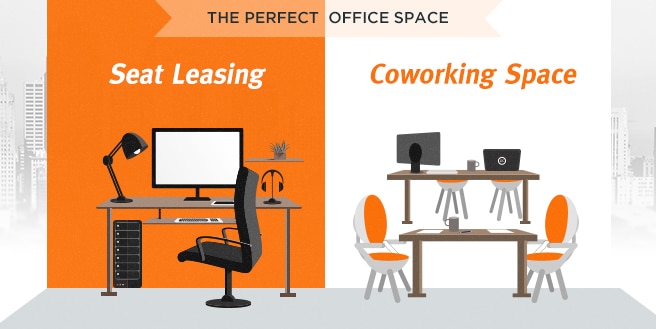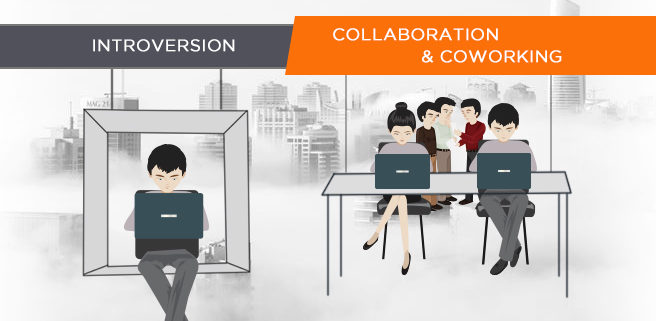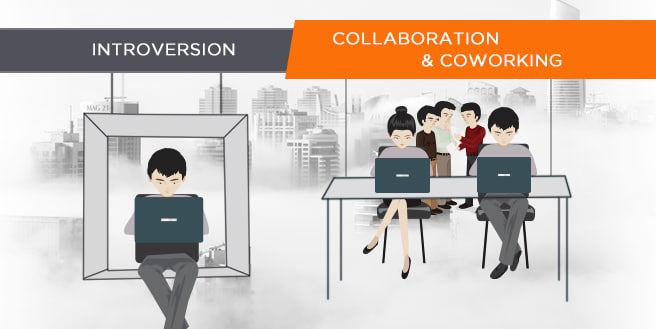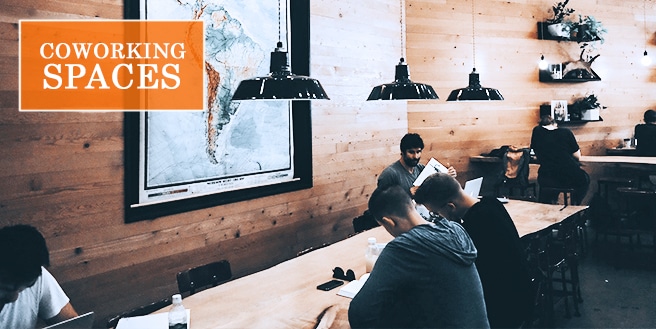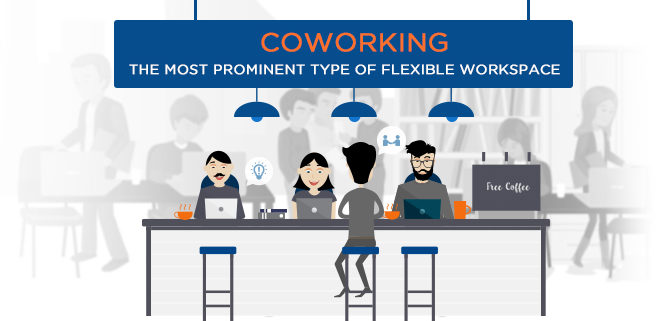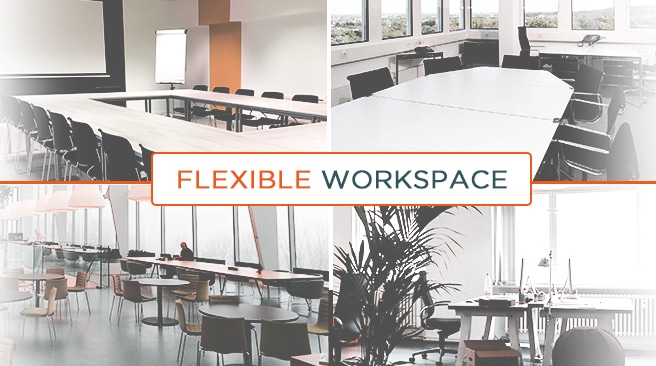An Open Letter to a Young Freelancer
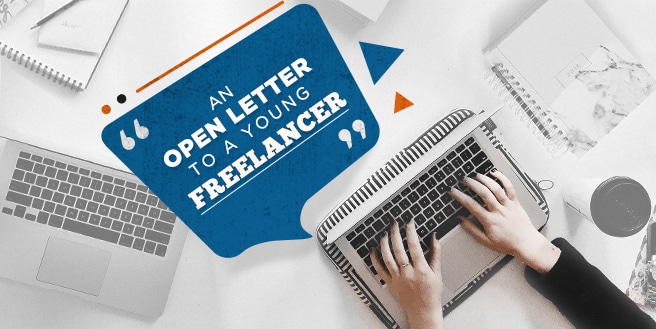
Dear Young Freelancer,
Don’t go to coffee shops. Just don’t.
And though I can bet you’re probably reading this inside one, do yourself a favor and don’t do it again.
I know what you’re thinking; this place is so much better than staying at the comfort of your home where the temptations of procrastinating, sleeping in and binge watching your favorite series can pull you in. And if you’re like me, who most likely just graduated from college, you’d say that you owe them one – if it weren’t for nearby coffee shops, you probably flunked that Thesis class.
But here me out.
I mean sure, the ambiance of coffee shops gives you a change of scenery – inspires you better than those four boring walls of your garage ever did – and the sight of other young professionals engrossed in their work motivates you to start grinding, underneath all that lies downsides we’ve chosen to ignore.
Sure, it helps you focus on the tasks at hand because there’s no TV to distract you or comfy bed to seduce you into sleeping in but have you considered the noise? The people coming in and going out? The endless chatter? Not to mention the anxiety you get once you’ve finished that coffee and whatever pastry you ordered it with, thinking that the barista – or that guy who just came in – is judging you for overstaying.
Though it’s important to note that productivity and focus is subjective and tends to be different with one another, we all have to admit that every once in a while, our thoughts go astray when we find something a little more interesting than the matter at hand.
Don’t even get me started on the coffee. It’s a little bit overpriced.
I understand. Truly, I get it. Being a caffeine lover myself, I don’t really mind splurging over a cup of coffee every now and then – paired with a slice of cake or pastry you’ve been craving to have for days – it’s quite an experience. It’s a nice treat after weeks of saving up, honestly. And coffee wakes up your sleeping soul and helps your brain function better, it does the same thing to me.
But after a week spent in your ‘coffice’; chances are, you’ll be regretting it – thinking at the back of your head that you could’ve made that cup of caffeine in your very own kitchen and saved that money.
Oh, and the internet connection? Inconsistent. Even if you’re paying for the WIFI connection via a slice of New York Cheesecake and a medium sized Americano, you can’t guarantee that your connection won’t be spotty or slow.
And lastly, the one factor that made me realize that maybe coffee shops sometimes aren’t the best places to work at – space and time. In order to get a good space and secure a socket for your laptop charger, you have to be there as early as you can and you can’t stay there for long hours – you either feel guilty for ordering so little and staying for so long or the coffee shop itself kicks you out for loitering – either way, your work momentum gets destroyed and it could take you a while to get that back.
‘Where to now?’ you’d ask.
You don’t like working at home because of the tendencies of procrastination and distraction. Not to mention, you need caffeine to function properly as a human being
Where do we go now?
Unless you’ve been cooped up inside your favorite coffee shop for a long time now, you’ve probably hear of Coworking Spaces.
Now, Coworking Spaces is this wonderful thing that combined your two favorite things in one – the comfort of your home and ambiance of your favorite coffee shop. They are workplaces that are membership based with an open space set up that allows you to choose the environment you need to get a little more creative and to be more productive. No need to haggle for your own space plus you get to work whatever time you want.
In need of some alone time? You can pick a desk and do your own thing. Or are you in the mood to get inspired and maybe even collaborate? Why don’t you go join the community at the lounging area to get some fresh ideas! And did I mention that there’s free coffee?
Thing is this, the way people of this generation work are changing and unlike before when us, freelancers, had very little choices of workplace, we now have the ability to choose the perfect setup.
So why don’t you go and be the brave young person you are and try the new trend of co-working spaces? I’ll be more than willing to introduce you to one.
Yours truly,
Former Coffee Shop Loiterer

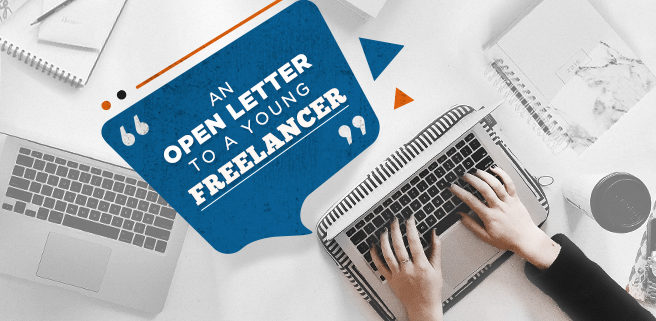
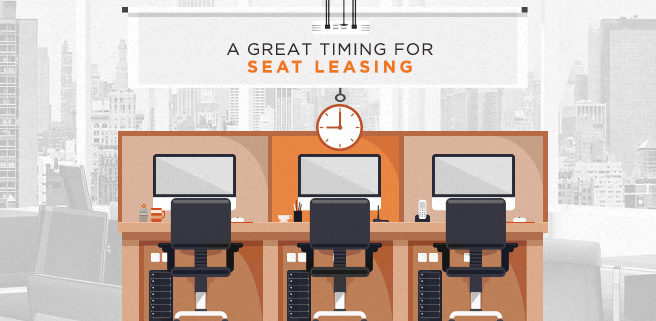
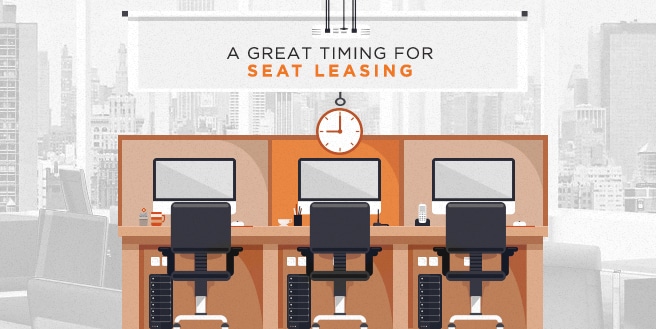
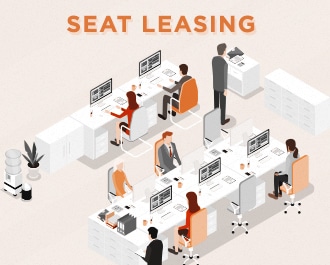
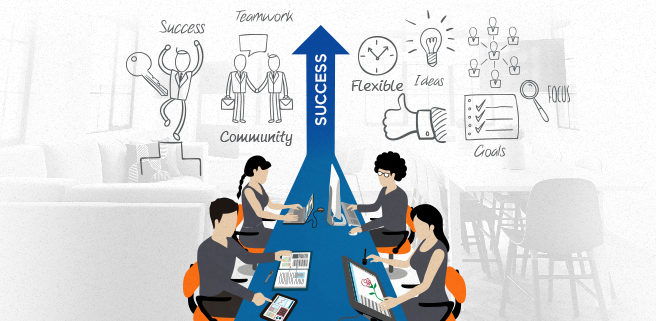
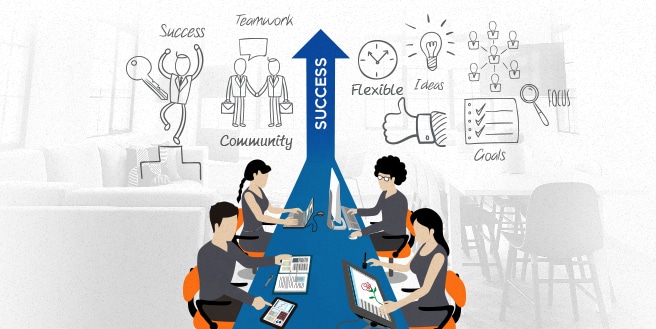
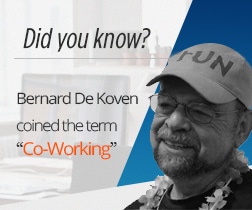




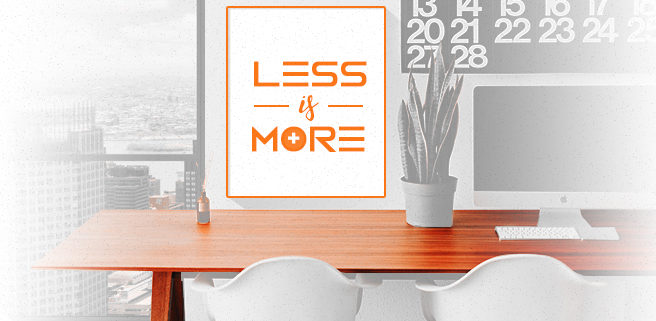
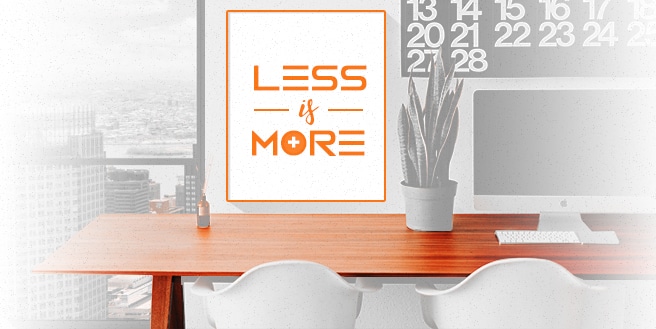
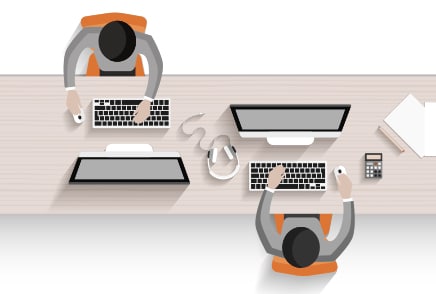 Seat Leasing is a versatile business solution that offers you the essentials needed in starting up a business or a brand new site from seats, workstations, high end PCs, conference rooms, internet connection and even IT support and maintenance. Not only will you be saving by acquiring the exact number of seats that you need, it will also save you from the headache causing legal papers. Moreover, with the funding that you have saved, you can focus on other costs needed for efficient business operations.
Seat Leasing is a versatile business solution that offers you the essentials needed in starting up a business or a brand new site from seats, workstations, high end PCs, conference rooms, internet connection and even IT support and maintenance. Not only will you be saving by acquiring the exact number of seats that you need, it will also save you from the headache causing legal papers. Moreover, with the funding that you have saved, you can focus on other costs needed for efficient business operations.